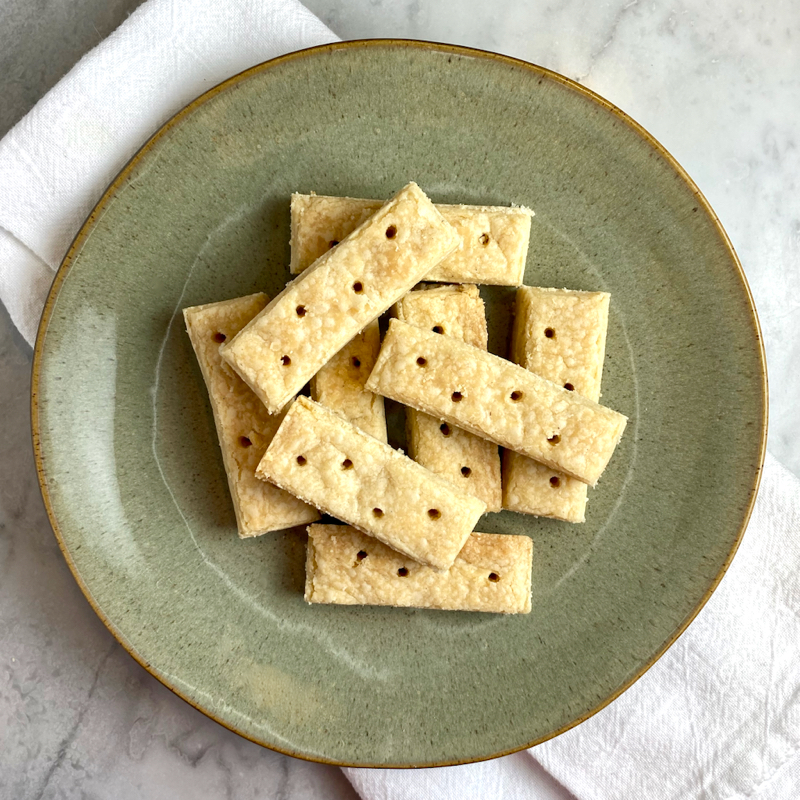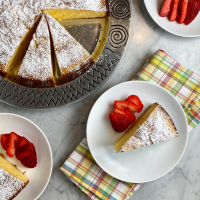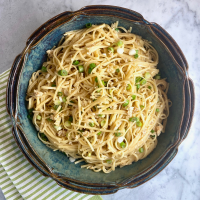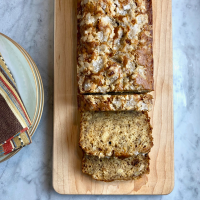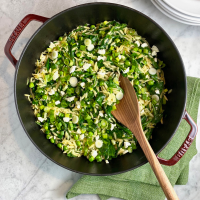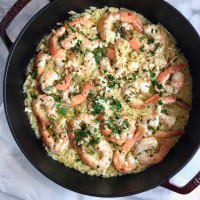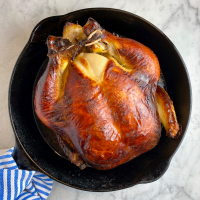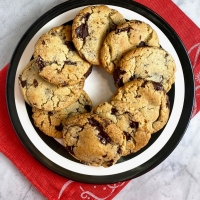
These polvorones are also known as Mexican wedding cookies (or cakes), Viennese crescents, or butterballs. I was inspired to make a classic version of these cookies after my daughter baked a few variations for Spanish Honor Society events at her high school.
I made them to share with family for Easter but they were truly a trial run for my Christmas cookie assortment. 😉 I used pecans but the original recipe also suggests using walnuts. The dough can be formed into a crescent or a ball prior to baking.
The recipe is from Baking Illustrated: The Practical Kitchen Companion for the Home Baker with 350 Recipes You Can Trust by the Editors of Cook’s Illustrated Magazine. I trust Cook’s Illustrated to have a foolproof recipe. 🙂 The cookies were tender and perfectly crumbly.
Yield: about 48 cookies
- 2 cups whole pecans or walnuts, chopped fine
- 10 oz (2 cups) unbleached all-purpose flour
- 3/4 tsp fine sea salt
- 2 sticks (16 T) unsalted butter, softened but still cool
- 5 T (1/3 cup or 2 1/2 oz) granulated sugar
- 1 1/2 tsp vanilla extract
- 3 oz (3/4 cup) confectioners’ sugar, for rolling cooled cookies, plus more if needed
- Adjust the oven racks to the upper- and lower-middle positions. Preheat the oven to 325 degrees F. (I set my oven to true convection.)
- Line 2 large rimmed baking sheets with parchment paper.
- Mix 1 cup of the chopped nuts, the flour and salt in a medium bowl; set aside.
- Place the remaining cup of chopped nuts in a food processor and process until they are the texture of coarse cornmeal, about 10 pulses, being careful not to overprocess.
- Stir the rest of the nuts into the flour mixture and set aside.
- Process the granulated sugar in the food processor for 30 seconds to create a superfine texture. (no need to clean after processing the nuts)
- Using an electric or stand mixer, cream the butter and the granulated sugar until light and fluffy, about 90 seconds.
- Beat in the vanilla until combined. Scrape the sides and bottom of the bowl.
- Add the flour mixture and beat at low speed until the dough just begins to come together but still looks scrappy, about 15 seconds. Scrape the sides and the bottom of the bowl.
- Beat at low speed again until the dough is cohesive, 10 to 15 seconds longer. Do not overbeat.
- Working with about 1 tablespoon of dough at a time, ration the dough. (I used a cookie scoop.)
- The dough can be rolled into balls or formed into crescents. As the shape is formed, place on the prepared cookie sheets. (I formed the dough into balls. To form into crescents, form a ball and then roll into a 3-inch long rope. Place the rope on the baking sheet and then turn the ends to form a crescent.)
- Bake until the tops are pale golden and the bottoms are just beginning to brown, 17 minutes on convection or up to 19 minutes in a standard oven. Rotate the pans halfway through the baking time.
- Cool the cookies on the baking sheets for 2 minutes; remove with a wide metal spatula to a wire rack and cool completely, about 30 minutes.
- Working with 3 to 4 cookies at a time, roll the cookies in the confectioners’ sugar to coat them thoroughly. Gently shake off excess.
- Cookies can be stored in an airtight container up to 5 days. Before serving, roll the cookies in the confectioners’ sugar a second time to ensure a thick coating. Tap off the excess.



